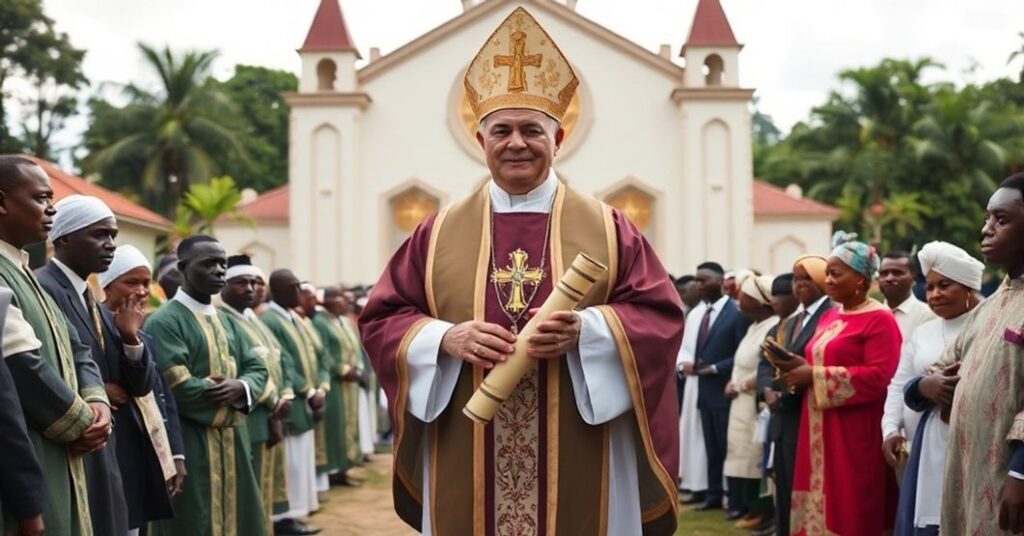Insularum Salomonicarum (1959.06.11)
The document “Insularum Salomonicarum” (11 June 1959), issued in Latin under the name of John XXIII as an apostolic constitution, performs a seemingly technical act: it detaches specified islands of the Solomon archipelago from the existing Northern and Southern apostolic vicariates and erects a new apostolic vicariate of the “Western Solomon Islands,” entrusting it to the Dominicans, with the usual juridical faculties and obligations. It wraps this territorial rearrangement in language about the limitless expansion of the Kingdom of Christ and exhorts the missionaries to make the fertile lands of the Solomons rich in Christians, legally armoring the act with the standard formulae of papal authority and canonical penalties.
Behind this façade of administrative piety stands the incipient program of the conciliar revolution: the instrumentalization of ecclesiastical structures to prepare the global neo-church, already embryonic in 1959, which would soon betray the Kingship of Christ and dissolve the very missionary mandate it claims to advance.










